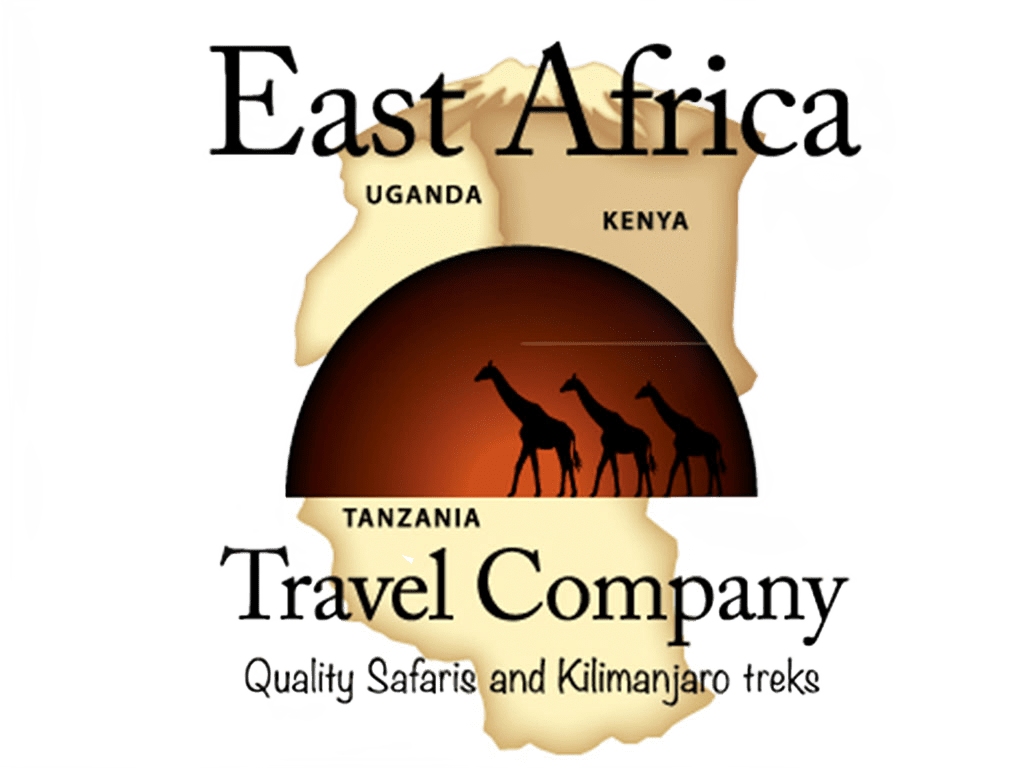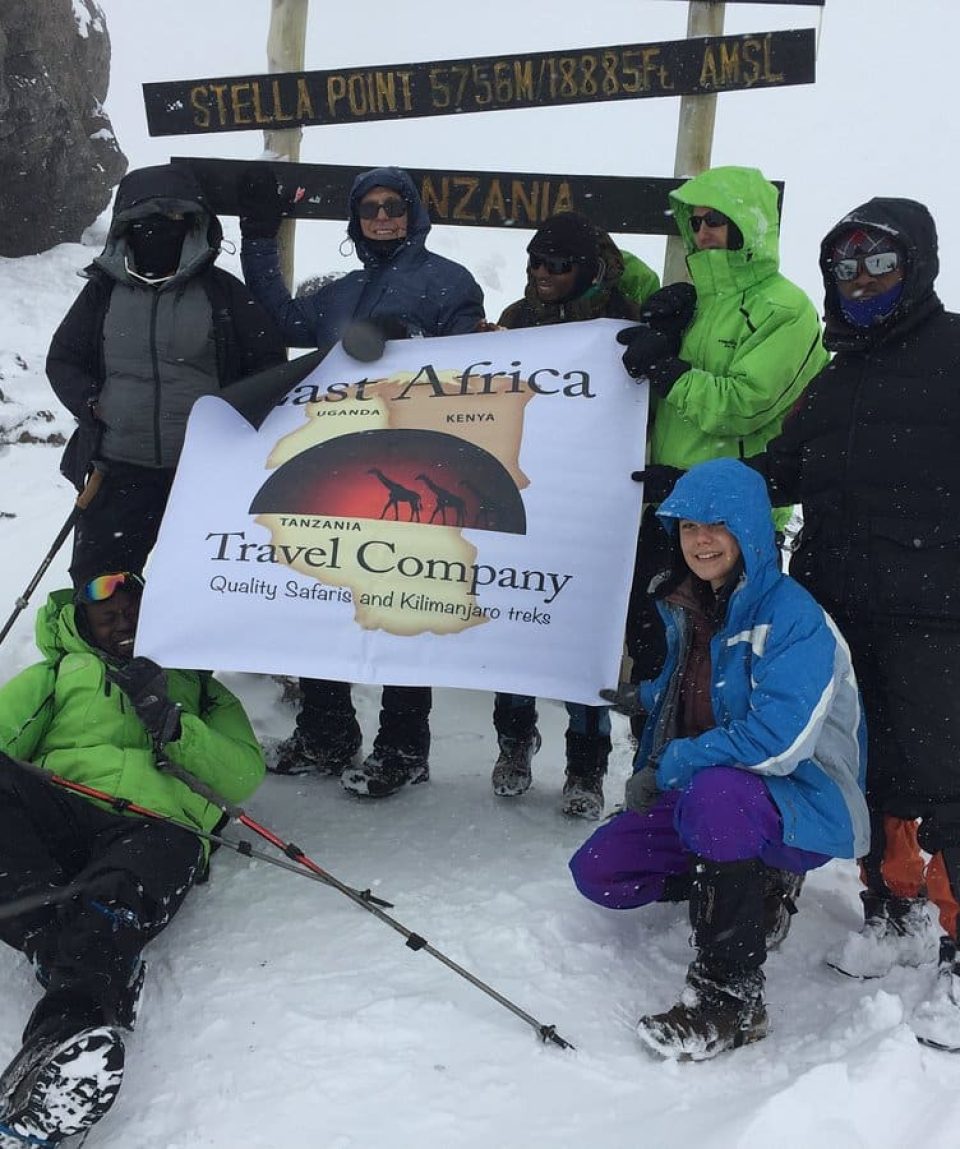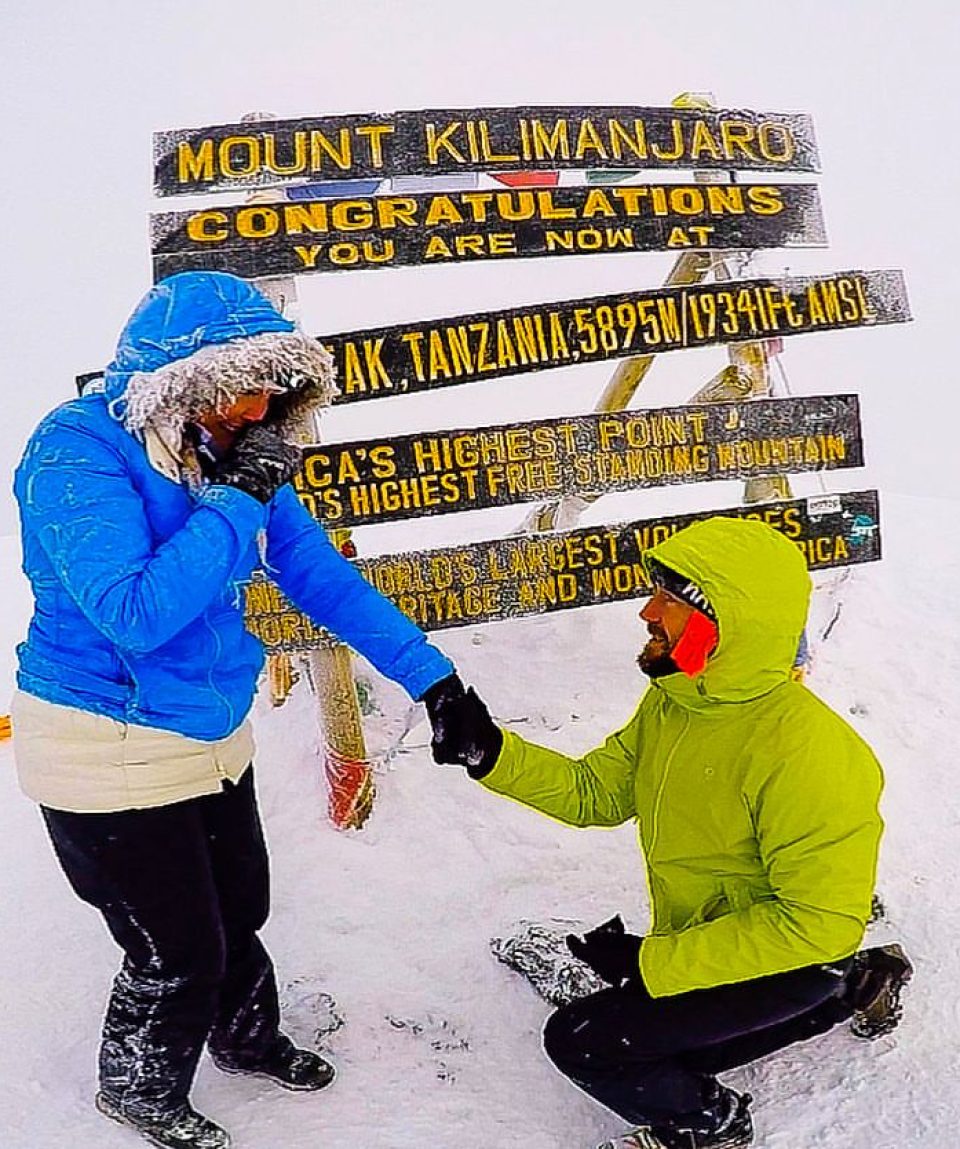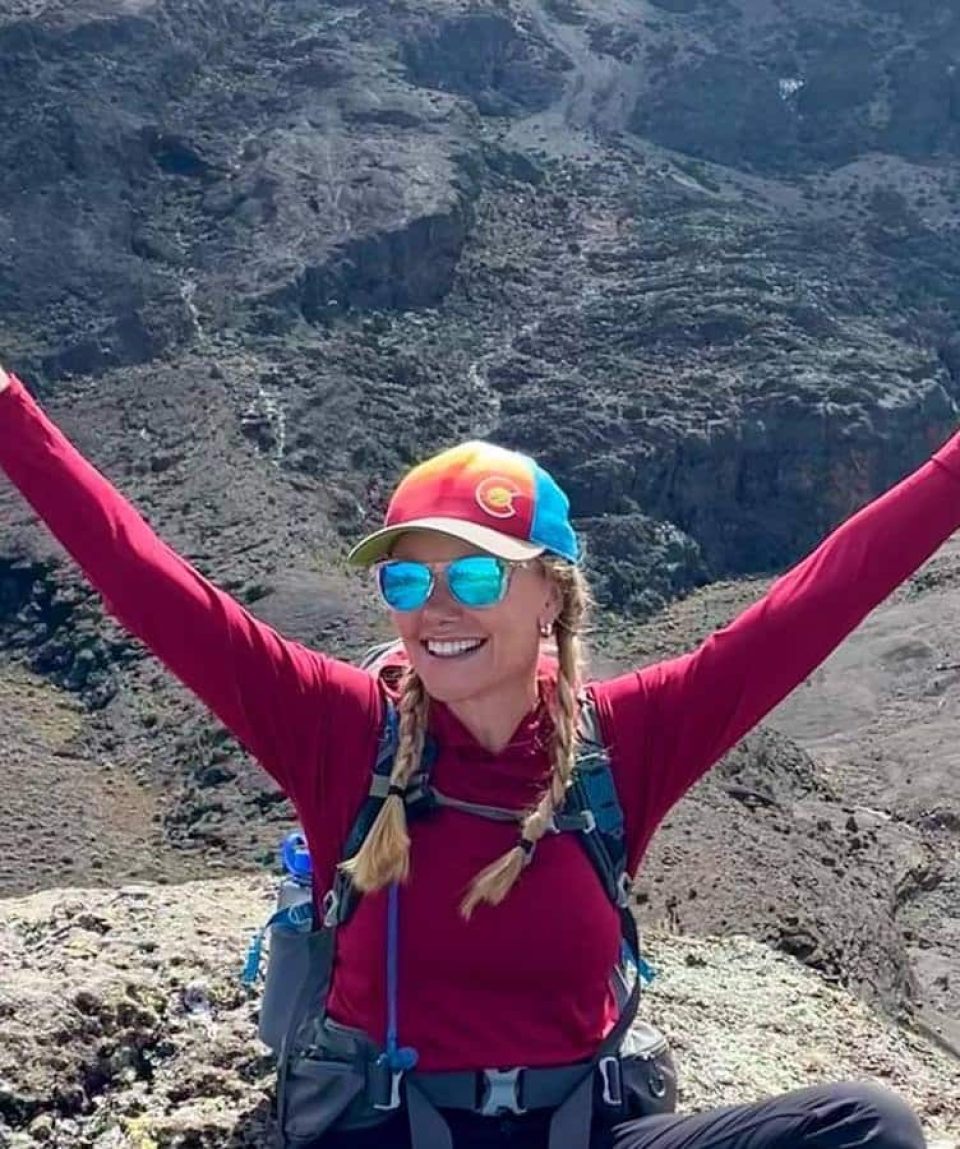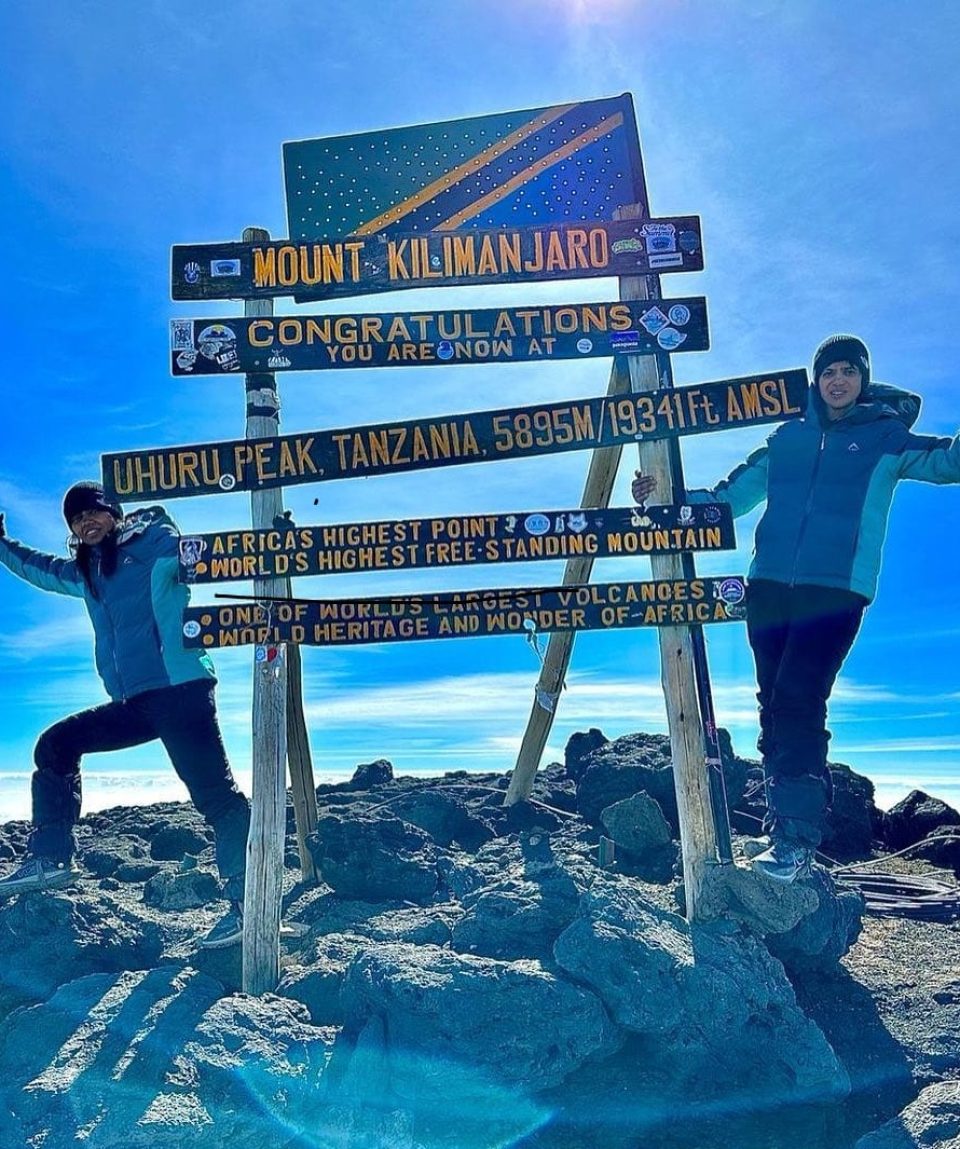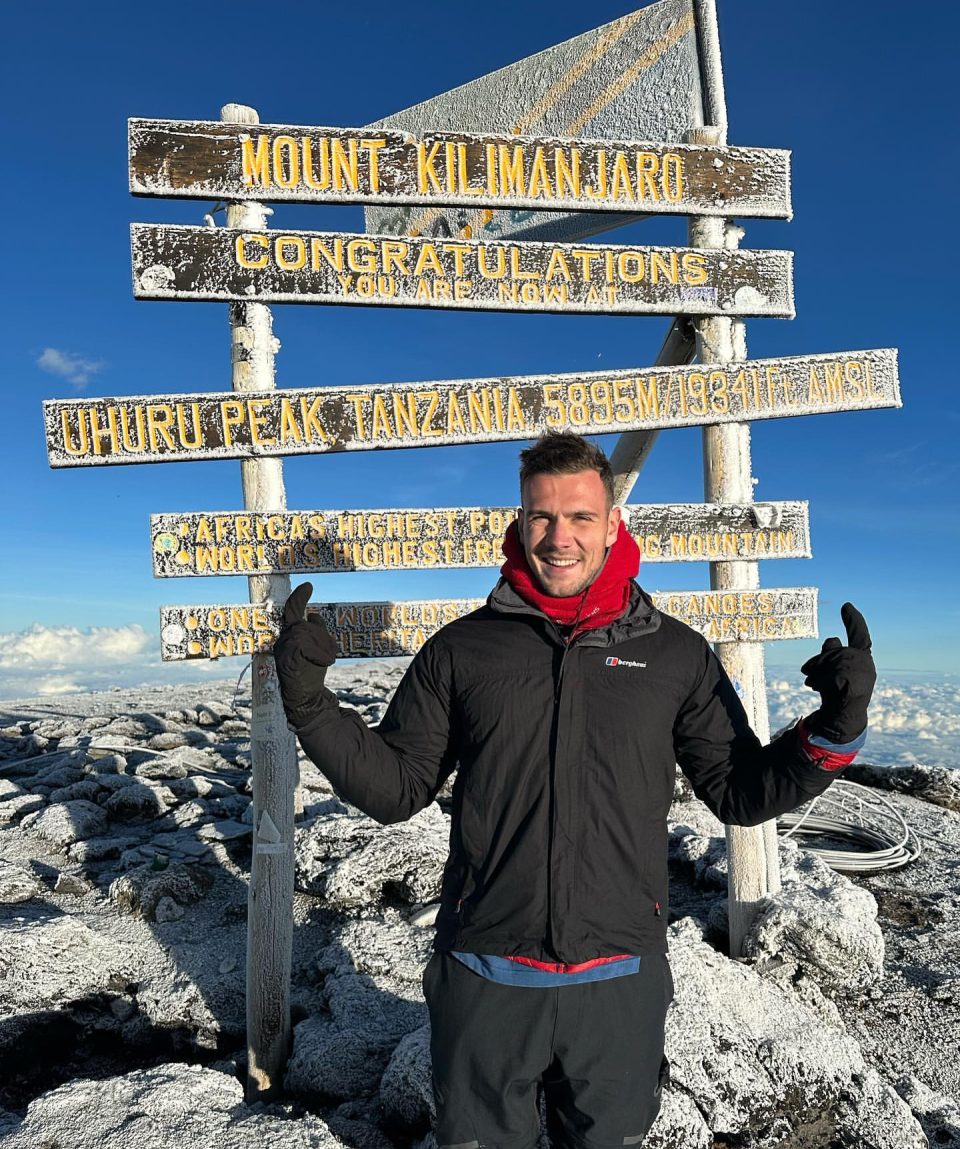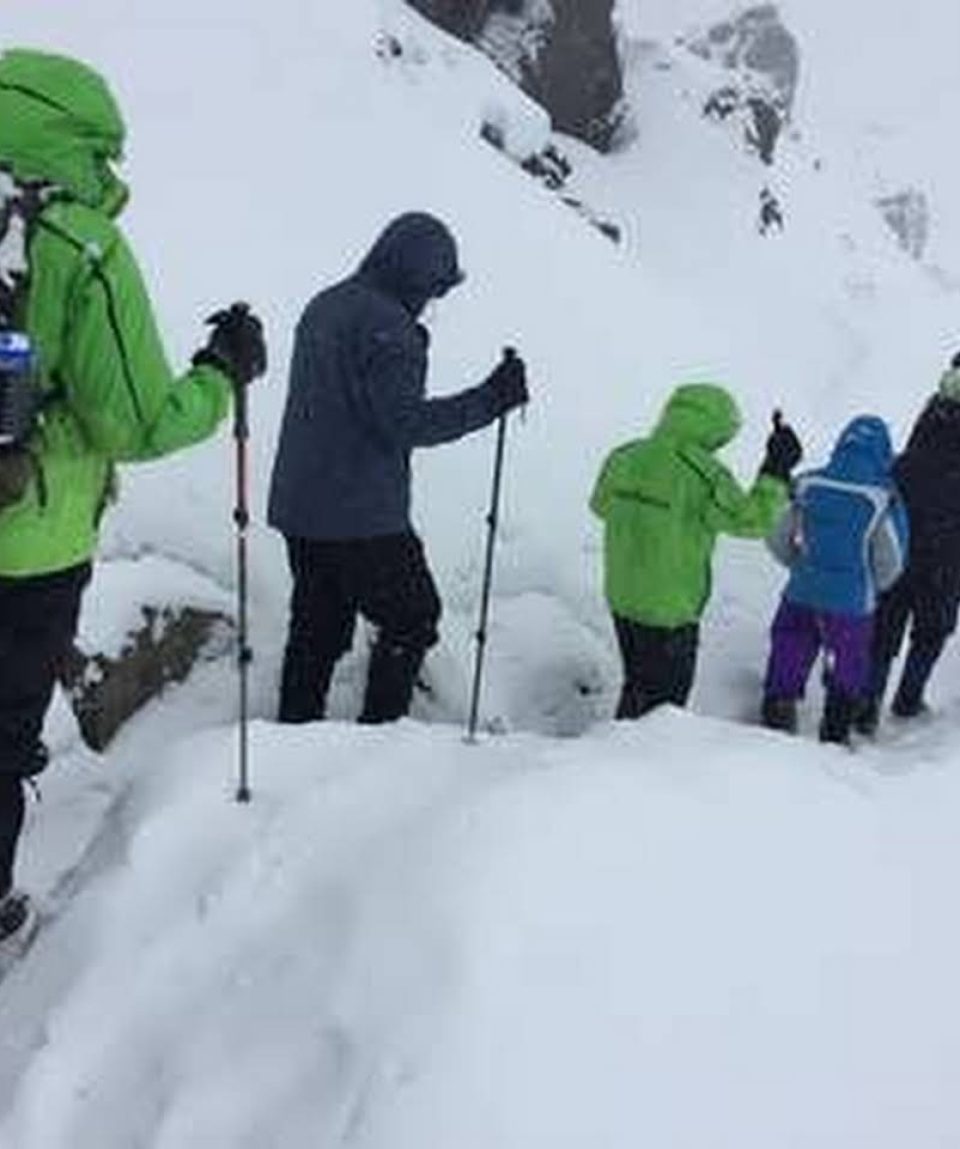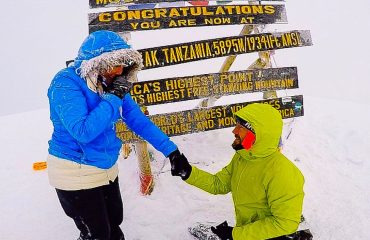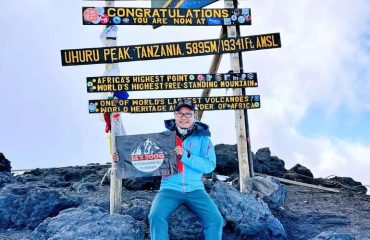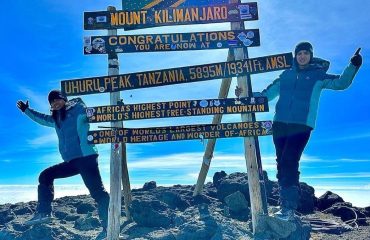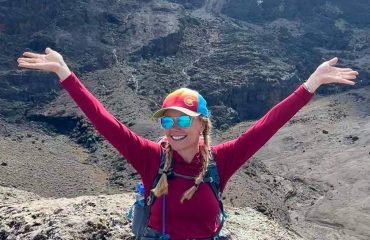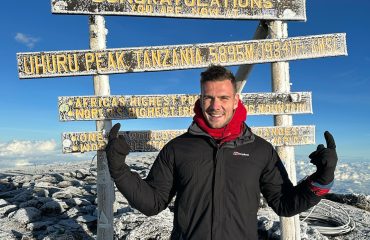Lemosho Route Kilimanjaro 8 Days: The Ultimate Climbing Experience
fromIntroduction
Overview of Lemosho Route Mount Kilimanjaro, Africa’s highest peak, offers several routes to its summit, with the Lemosho Route being one of the most favored by climbers. Known for its scenic beauty and lower traffic compared to other routes, the Lemosho Route provides an immersive experience through diverse landscapes and ecosystems.
Relevance and Importance Climbing Mount Kilimanjaro is not just a physical challenge but a journey through the heart of Africa’s natural beauty. The Lemosho Route, in particular, is celebrated for its panoramic views and rich biodiversity, making it an excellent choice for climbers seeking both adventure and tranquility.
Geographical Information
Location of Mount Kilimanjaro Mount Kilimanjaro is located in northeastern Tanzania, near the Kenyan border. It is prominently marked on maps of Africa, symbolizing one of the continent’s most iconic natural landmarks.
- Where is Mount Kilimanjaro on the map? Situated in Tanzania, Mount Kilimanjaro stands proudly as a beacon for adventurers. On a map of Africa, it is located just south of the equator, making it easily identifiable.
- Where is Mount Kilimanjaro on a map of Africa? On a detailed map of Africa, Mount Kilimanjaro is positioned in the northeastern part of Tanzania, near the town of Moshi. It lies close to the border with Kenya, offering stunning views over the Amboseli National Park.
- Detailed location on the world map On a world map, Mount Kilimanjaro can be found at approximately 3.0674° S latitude and 37.3556° E longitude. This strategic location places it as a major attraction in the East African region.
Climate and Best Times to Visit Mount Kilimanjaro experiences varying weather conditions, influenced by its altitude and geographical location.
- Typical weather conditions on Mount Kilimanjaro The mountain’s climate ranges from tropical at its base to arctic at its summit. Climbers can expect warm temperatures and lush forests at lower elevations, transitioning to cold and windy conditions as they ascend.
- Best months to attempt the climb The optimal times to climb are during the dry seasons: January to mid-March and June to October. These periods offer more stable weather, clearer skies, and better overall conditions for trekking.
Route Details
Day-by-Day Itinerary The Lemosho Route spans eight days, providing ample time for acclimatization and enjoyment of the stunning landscapes.
- Day 1: Londorossi Gate to Mti Mkubwa The trek begins with a drive from Moshi to the Londorossi Gate, followed by a hike through dense rainforest to Mti Mkubwa Camp.
- Day 2: Mti Mkubwa to Shira 1 Camp This day involves trekking through the forest and onto the Shira Plateau, with a steady ascent to Shira 1 Camp.
- Day 3: Shira 1 Camp to Shira 2 Camp A relatively short trek across the plateau to Shira 2 Camp, offering beautiful views of the surrounding landscapes.
- Day 4: Shira 2 Camp to Barranco Camp via Lava Tower A challenging day that includes climbing to the Lava Tower before descending to the Barranco Camp, helping with acclimatization.
- Day 5: Barranco Camp to Karanga Camp The day starts with the Barranco Wall climb, followed by a trek through the Karanga Valley to Karanga Camp.
- Day 6: Karanga Camp to Barafu Camp A gradual ascent to Barafu Camp, the staging point for the summit attempt.
- Day 7: Barafu Camp to Summit, then Mweka Camp The most strenuous day, starting with a midnight ascent to the summit and a descent to Mweka Camp for overnight rest.
- Day 8: Mweka Camp to Mweka Gate The final day involves a descent through the rainforest to the Mweka Gate, where climbers receive their summit certificates.
Terrain and Scenery The Lemosho Route is renowned for its diverse and breathtaking scenery.
- Description of the diverse landscapes encountered Climbers traverse lush rainforests, moorlands, alpine deserts, and glaciated areas. Each zone offers unique flora and fauna, contributing to the route’s allure.
- Unique geographical features of the route Key features include the Shira Plateau, Lava Tower, and the Barranco Wall. These landmarks provide not only challenging terrains but also spectacular views.
Cultural Insights
Local Customs and Traditions Tanzania’s rich cultural heritage adds depth to the climbing experience.
- Interaction with local tribes and communities Climbers often encounter the Chagga people, who live on the slopes of Kilimanjaro. Their hospitality and traditions enrich the journey.
- Cultural significance of Mount Kilimanjaro For the Chagga and other local tribes, Kilimanjaro holds spiritual significance, symbolizing the link between the earth and the heavens.
Tanzanian Cuisine Exploring local cuisine is a delightful part of the adventure.
- Must-try local foods and beverages Popular dishes include Ugali (a maize-based staple), Nyama Choma (grilled meat), and various vegetable stews. Local beverages like Tanzanian coffee and chai are also a treat.
- Dining options during the climb Meals on the mountain are typically prepared by the trekking company, with a focus on nutritious and energy-boosting foods to support the climbers’ efforts.
Must-Visit Attractions
Key Landmarks on the Lemosho Route Several notable landmarks enhance the Lemosho Route experience.
- Notable points of interest along the trail These include the scenic Shira Plateau, the dramatic Lava Tower, and the challenging Barranco Wall.
- Scenic viewpoints and natural attractions The route offers numerous vantage points for breathtaking views of the surrounding landscapes and Mount Kilimanjaro itself.
Hidden Gems Beyond the well-known landmarks, there are lesser-known treasures to discover.
- Lesser-known spots worth exploring These might include secluded campsites or unique rock formations that offer a more intimate connection with the environment.
- Unique experiences off the beaten path Special moments, such as witnessing rare wildlife or finding a quiet spot for reflection, can make the journey even more memorable.
Activities and Experiences
Trekking and Hiking The primary activity on the Lemosho Route is trekking, which demands physical endurance and mental resilience.
- Overview of trekking activities on the Lemosho Route The route offers a mix of gradual ascents and steep climbs, making it suitable for both novice and experienced climbers.
- Tips for an enjoyable hiking experience Important tips include maintaining a steady pace, staying hydrated, and taking time to acclimate properly.
Wildlife Watching The diverse ecosystems along the Lemosho Route host a variety of wildlife.
- Common wildlife sightings Climbers may encounter animals such as colobus monkeys, buffaloes, and a range of bird species.
- Best times and places to see animals Early morning and late afternoon are typically the best times for wildlife spotting, particularly in the lower rainforest zone.
Travel Tips
Preparing for the Climb Proper preparation is crucial for a successful and enjoyable climb.
- Essential gear and equipment Recommended items include sturdy hiking boots, thermal clothing, a good-quality sleeping bag, and trekking poles.
- Physical preparation and training tips Regular cardiovascular exercise, strength training, and practice hikes can help build the necessary fitness level.
Accommodation Options Various types of accommodation are available along the route.
- Types of accommodation available These range from basic campsites to more comfortable huts, depending on the chosen trekking package.
- Recommendations for each night of the trek Ensuring a good night’s rest is vital, so selecting campsites with adequate facilities and good shelter is recommended.
Transportation and Logistics Getting to the starting point and managing logistics are key parts of the planning process.
- How to get to the starting point Most climbers fly into Kilimanjaro International Airport and then travel by road to the Londorossi Gate.
- Transportation options in Tanzania Various transportation options include private transfers, public buses, and taxis, depending on budget and preference.
Safety and Health Precautions
Altitude Sickness Altitude sickness is a significant risk when climbing Mount Kilimanjaro.
- Recognizing and preventing altitude sickness Symptoms include headaches, nausea, and dizziness. Gradual acclimatization and staying hydrated are crucial preventive measures.
- Tips for acclimatization Taking it slow, following the “climb high, sleep low” principle, and considering medication like Diamox can help.
Health and Safety Tips Maintaining health and safety is essential for a successful climb.
- General health precautions These include staying hydrated, eating well, and getting enough rest.
- Safety measures to ensure a safe climb Using a reputable trekking company, following the guide’s instructions, and being prepared for emergencies are key safety strategies.
Budget Planning
Cost Breakdown Understanding the costs involved helps in budget planning.
- Estimated costs for the 8-day trek The total cost can range from $1,500 to $3,000, depending on the trekking company, accommodation choices, and additional services.
- Budget-friendly tips Booking in advance, traveling in a group, and choosing a reputable but affordable trekking company can help reduce costs.
Saving Money There are several ways to save money without compromising the experience.
- Strategies to reduce costs Opting for standard rather than luxury services, sharing transportation, and bringing some personal gear can lower expenses.
- Affordable travel options Considering off-season travel and looking for package deals can provide significant savings.
Conclusion
Overall Travel Recommendations The Lemosho Route on Mount Kilimanjaro offers an unforgettable adventure, combining physical challenge with stunning natural beauty.
- Summary of the Lemosho Route experience The route’s scenic diversity, cultural encounters, and well-structured itinerary make it a top choice for climbers.
- Final tips for climbers Adequate preparation, choosing the right gear, and taking the time to acclimate properly are essential for a successful climb.
-
Reviews 0 Reviews0/5
-
Vacation Style Holiday Type
-
Activity Level Challenging
-
1-16
Overview of Lemosho Route Mount Kilimanjaro, Africa’s highest peak, offers several routes to its summit, with the Lemosho Route being one of the most favored by climbers. Known for its scenic beauty and lower traffic compared to other routes, the Lemosho Route provides an immersive experience through diverse landscapes and ecosystems.
Relevance and Importance Climbing Mount Kilimanjaro is not just a physical challenge but a journey through the heart of Africa’s natural beauty. The Lemosho Route, in particular, is celebrated for its panoramic views and rich biodiversity, making it an excellent choice for climbers seeking both adventure and tranquility.
Embarking on the Mount Kilimanjaro trek via the Lemosho Route is an exciting journey, and you’ll be well taken care of with this package. The price includes various components to ensure a smooth and enjoyable adventure:
- Park Entry Fees: Grants you access to the natural beauty and wonders of Kilimanjaro.
- Camping Fees: Accommodations during the trek, immersing you in the stunning landscapes.
- Transportation: Convenient transport to and from the Kilimanjaro gate, so you can focus on the climb.
- Team Kilimanjaro Rescue Fees (18%): Ensures you have a safety net in case of any unforeseen circumstances.
- VAT on Tour Fees: Transparent pricing with included value-added tax.
- Professional Mountain Guides, Cooks, and Porters: A skilled and friendly team to assist you throughout the journey.
- 3 Hot Meals Daily: Keeping you energized with delicious meals during the trek.
- Treated and Filtered Drinking Water: Hydration is key, and you’ll have access to clean water throughout.
- Hot Water for Washing: Comfort and cleanliness even in the mountainous terrain.
- Fair Wages for the Mountain Crew: Supporting the hardworking individuals making your adventure possible.
- Kilimanjaro Association of Tour Operators (KIATO) Government Taxes: Complying with regulations and contributing to sustainable tourism.
- Oximeter: Monitoring oxygen levels for your safety at higher altitudes.
- Emergency First-Aid Kit: Preparedness for any medical needs that may arise.
- Visa – MasterCard (3.5%): Convenient payment options for a hassle-free experience.
- Sleeping mattress; Quality mess tents with tables and chairs Emergency first-aid kit
With all these inclusions, you’re set for an unforgettable journey up the majestic Mount Kilimanjaro. Any specific details you’re curious about or need more info on?
Got it! Here are the aspects not covered in the Mount Kilimanjaro trekking package:
- Airfare: Your journey to and from Kilimanjaro is an extra consideration to plan for.
- Tips: While the crew is well taken care of, tips for porters, guides, cooks, and assistant guides are not included.
- Flights: Separate from the transportation to the Kilimanjaro gate, your personal flights aren’t part of the package.
- Hotels in Kilimanjaro/Arusha: Accommodations outside the trek duration require separate arrangements and expenses.
- Transfer from Arusha to Kilimanjaro: Transportation between these locations is an additional arrangement to be made.
- Airport Transfer Round Trip: Pickup from Kilimanjaro International Airport (JRO) to the hotel in Kilimanjaro and return transfer from the hotel to JRO.
- Hotel Upgrade Costs: Any preference for alternative hotels beyond the standard ones will have additional costs.
- Non-essential Items: Personal choices like alcohol, beverages, cigarettes, snacks, etc., fall outside the package.
These exclusions provide flexibility for personal preferences and choices during your Kilimanjaro adventure. Anything specific you’re considering or need assistance with regarding these aspects?
- Day 1 Londorossi Gate to Mti Mkubwa (Big Tree) Camp
- Day 2 Mti Mkubwa Camp to Shira 1 Camp
- Day 3 Shira 1 Camp to Shira 2 Camp
- Day 4 Shira 2 Camp to Lava Tower to Barranco Camp
- Day 5 Barranco Camp to Karanga Camp
- Day 6 Karanga Camp to Barafu Camp
- Day 7 Summit day - Barafu Camp to Uhuru Peak and descent to Mweka Camp
- Day 8 Mweka Camp to Mweka Gate
A: Altitude sickness is a potential challenge. However, with proper acclimatization and preparation, the risk is significantly reduced.
A: Lemosho stands out for its scenic diversity, low traffic, and excellent acclimatization opportunities, providing a more transformative ascent.
A: Summit day is demanding, both physically and mentally. The steep ascent to Uhuru Peak requires endurance, but the triumph at the summit is unparalleled.
A: Yes, guided tours enhance safety, provide expert insights, and ensure a smoother experience, especially for first-time trekkers.
A: The dry seasons—January to March and June to October—are ideal. These months offer clearer skies and better trekking conditions.
A: Responsible trekking involves minimizing waste, respecting local ecosystems, and supporting sustainable tourism initiatives.
